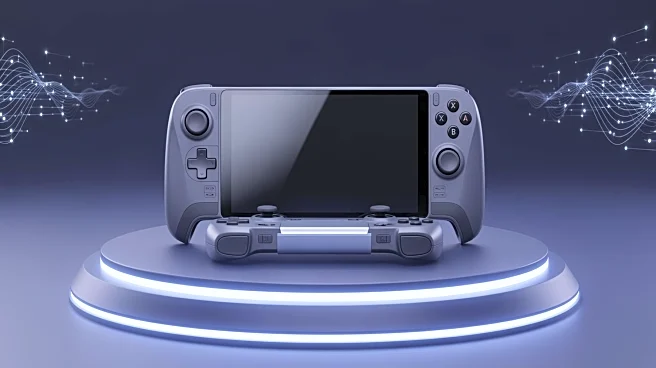What's Happening?
Nintendo's strategy of releasing two versions of each mainline Pokémon game was initially conceived to compete with the sales of Mario games, according to Shigeru Miyamoto. This approach began with Pokémon Red
and Blue and has continued with recent titles like Pokémon Scarlet and Violet. The dual-release strategy not only aimed to challenge Mario's dominance but also proved financially beneficial for the Pokémon franchise. The tradition of offering exclusive Pokémon in each version encourages trading and has been a staple of the series. This year marks the 30th anniversary of Pokémon, with significant updates like the Switch 2 upgrade for Pokémon Scarlet and Violet.
Why It's Important?
The dual-release strategy has significant implications for the gaming industry, particularly in terms of sales and consumer engagement. By offering two versions, Nintendo encourages players to trade and interact, enhancing the social aspect of gaming. This approach has also proven lucrative, as many fans purchase both versions to complete their collections. The strategy highlights Nintendo's innovative marketing tactics and its ability to maintain consumer interest over decades. The continued success of this model underscores the importance of strategic product differentiation in the competitive gaming market.
What's Next?
As Pokémon celebrates its 30th anniversary, fans anticipate further innovations and releases. The potential for new game versions or updates could continue to drive sales and engagement. Nintendo's focus on enhancing game experiences with hardware upgrades, like the Switch 2, suggests ongoing investment in the franchise's future. The gaming community will likely see more collaborative and interactive features, maintaining Pokémon's relevance in a rapidly evolving industry.











